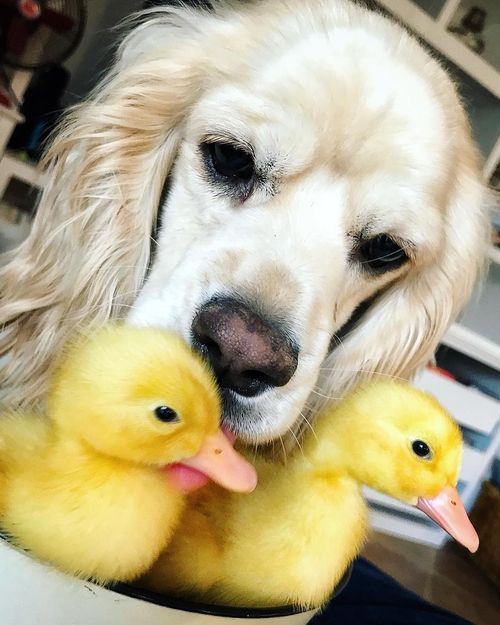WHAT I LOVE...
I love lattes ☕️
Hanging out with my boy/girl twins 👫
Snuggling with my dog, Mia 🐶
Growing succulents 🌵
Reading 📚
Drawing and painting🎨
As a designer:
Accessibility advocate
Neurodivergent
Designs should be invisible
Marring business goals with user needs
Strong DesignOps
Mentoring
Always curious
I design for people, not users






SKILLS
Discovery:
A/B testing
Usability interviews
Product and market research
Journey & empathy mapping
Prototyping
Personas
Card sorting
Context sessions
UX strategy
Design:
DesignOps
Interaction design
High fidelity mockups
Style guides & UI standards
Presentations
Agile environment
Analytics driven design
Accessibility (AA)
Graphic design
Tools:
Figma
Adobe Creative Suite
Usertesting.com
Userlytics
InVision
Zeplin
SalesForce
Hot Jar
Miro
FlowMapp
Note my soft web developing skills. I did want to be a developer at one time. I have experience in Adobe Target, Wordpress, Elementor, Webflow. Primarily CSS/HTML.
DESIGN PHILOSOPHY
These philosophies are not unique. However, they are an insight to how I approach design and problems. It is als how I mentor and critique other designer’s work.
Miller’s law states that a person’s memory can hold up to 7 items at a time. By stripping down products to their essential, core purpose, we get a fundamental, simplified version of that product. My design philosophy for the last 21 years has been KISS - Keep It Simple Stupid.
“Simplicity is not the absence of clutter, that’s a consequence of simplicity. Simplicity is somehow essentially describing the purpose and place of an object and product.” -Jonathan Ive
We need to humanize all of our designs. They are never “users”, but are people. Spend time to get to know the people who use your product. Understanding their needs, wants, frustrations, pain points and goals. The more you reflect on how, why and where people might behave in a certain way, the more you can empathize and design for the people.
“I’ve learned that people will forget what you said, people will forget what you did, but people will never forget how you made them feel.”-Maya Angelou
The product and solution should organic, making function and form joined as one. The design should be aesthetically pleasing, but also easy to use. The Zeigarnick effect states people will remember an uncompleted task vs a completed task. Which is why I love to use progress bars, check marks and step indicators to let them know where they are at in the process.
“A user interface is like a joke. If you have to explain it, it’s not that good”. -Martin Leblanc
All products should meet WCAG AA standards. Especially if the personas include boomers. Take neurodivergent conditions into account (dyslexic, ADHD and other conditions). If a person is ADHD, they might miss important information. My job is to remind them with a gentle tap on the shoulder.
“The shoe that fits one person, pinches another.” -Carl Jung
Product design is an iterative process and can never be labeled ‘finished’. Products need to evolve with it’s customers. Their needs and goals change, the product should as well. That is truly user-centric in my opinion. Products should be a collaborative process not individualized.
“Marry the problem, not the solution.” -Unknown

